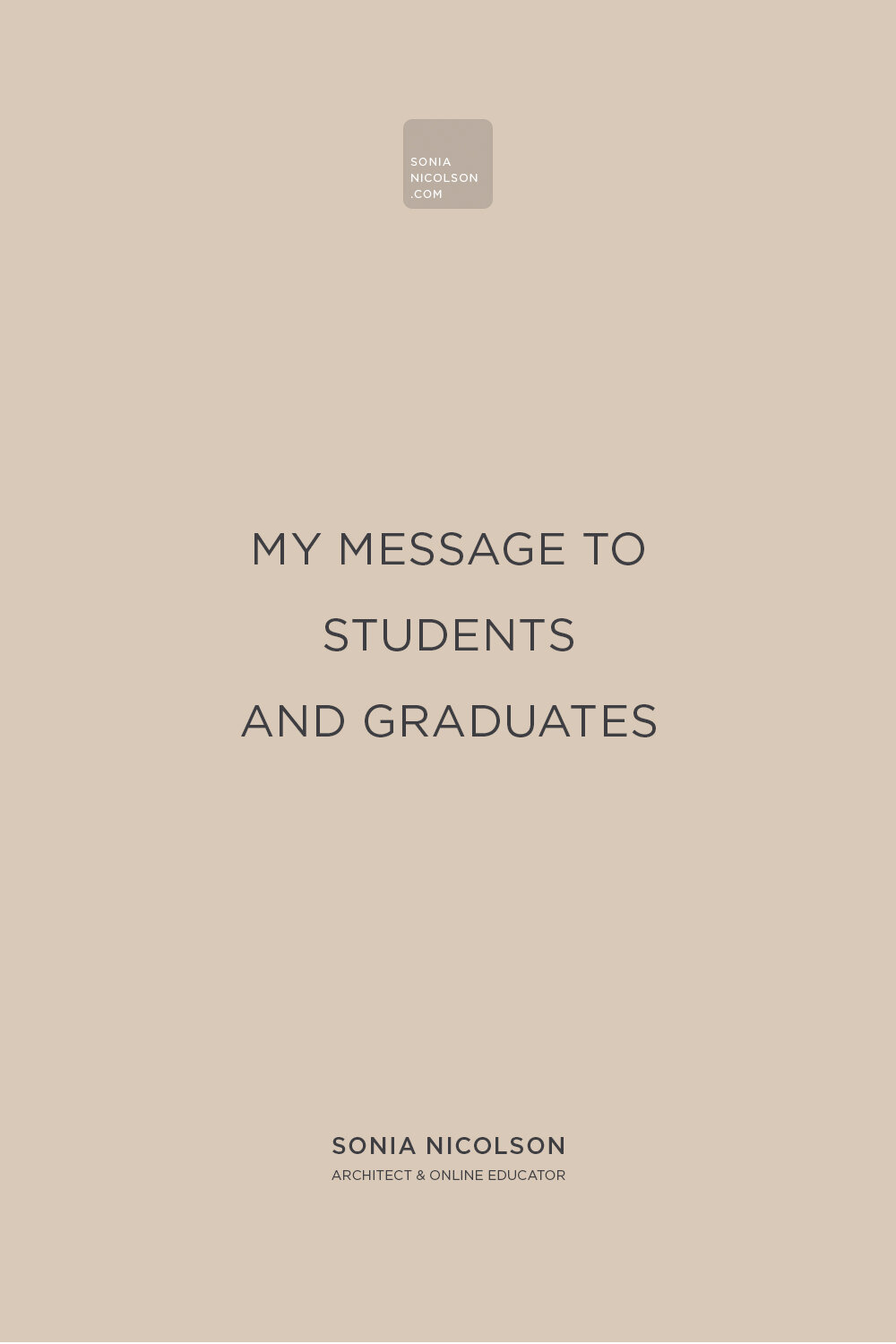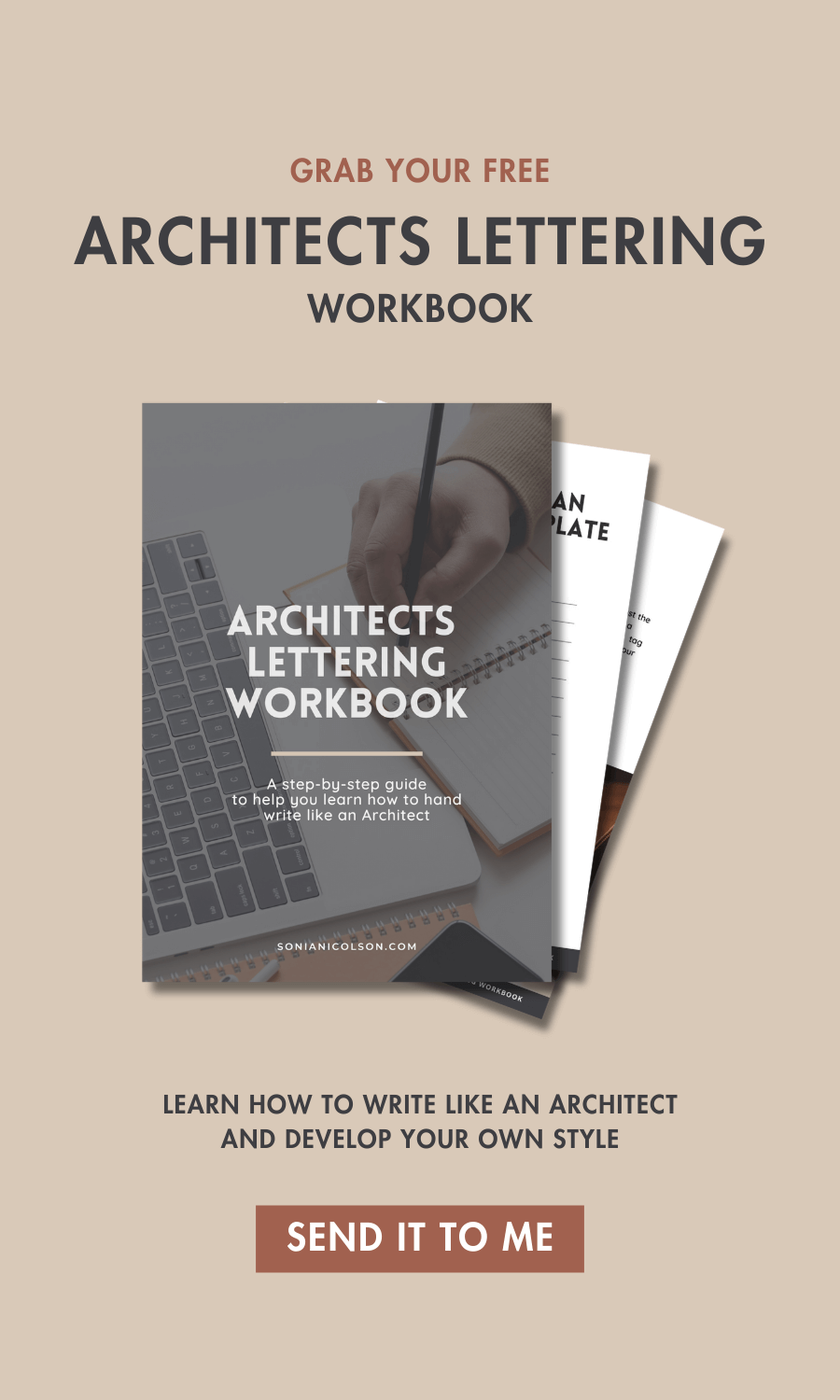5 Reasons to Pursue a Career in Design: Insights from an Architect and Interior Designer
/5 reasons to become a designer
If you’re considering a career in design, whether it’s in architecture, interior design, or related fields, you’ve come to the right place. As an architect and interior designer with years of experience, I’m thrilled to share with you the top five reasons why embracing a career in design can be immensely rewarding and fulfilling.
Design is more than just aesthetics—it’s about problem-solving, creativity, and shaping environments that improve lives. I have always had an interest in design and the arts - drawing and making things so naturally, I took Art & Design at school, and my path to becoming a designer started.
Here are five compelling reasons why diving into the world of design might be your perfect fit:
1/ Do what you love
I love design, it’s that simple. It’s who I am, it’s what I think about. I see, analyze and critic it all the time. I surrounded myself with things that inspired me, and I found new ideas and projects everywhere.
2/ Think outside the box
I get to express my creativity in my work and what I do. I work with other like-minded, creative people. We collaborate, we problem-solve, we encourage and push each other, but most importantly, we think outside the box.
3/ Never stop learning
I am constantly learning. I design, redesign, test, redesign…It’s not easy, and it’s never 9-5 but I design things that are made, or built, and will hopefully be there for a very long time.
4/ Designing for the world around us, the spaces we live and work in
My job involves a lot of critical thinking and an understanding of psychology. I design for the end-user so it’s not about colour or fluffy decor but I design out spaces; homes and workplaces. It directly affects people’s daily lives.
5/ Give back with a passion for Design
I’m an Architect but I teach too so I get to give back. I’m truly passionate about what I do and love working with students and young designers in their studies and projects.






















